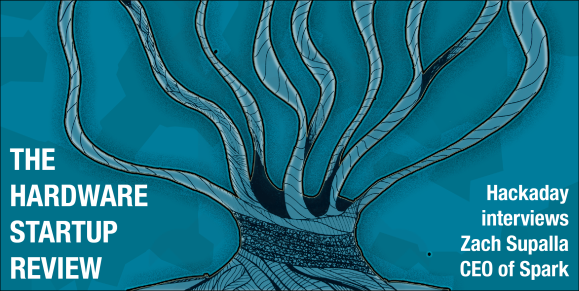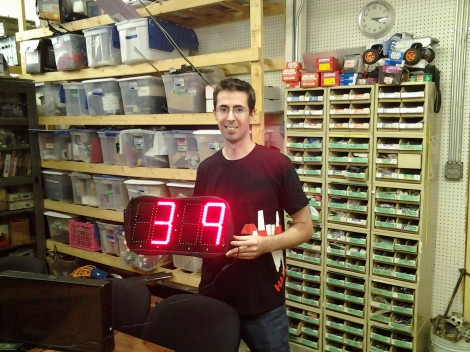Like it or not, a whole new wave of Hardware Startups is coming our way. Crowd Funding campaigns are making it possible for everyone with an idea to “test the waters”, tech-savvy Angel investors are eager to help successful ones cross over, and Venture Capitalists are sitting on the other side, always on the lookout for potential additions to their “hardware portfolio”. It’s these billion-dollar acquisitions that made everyone jump on the bandwagon, and there’s no going back. At least for now.
That’s all great, and we want to believe that good things will come out of this whole frenzy. But instead of staying on the sidelines, we thought Hackady should get involved and start asking some hard questions. After all, these guys didn’t think they’d be able to get away with some nicely produced videos and a couple of high-res photos, right?
For our first issue, we picked a relatively innocent target – Spark, the team behind the Spark Core development board. By embracing Open Source and Open Hardware as the core part of their strategy, Spark has so far been a positive example in the sea of otherwise dull (and potentially creepy) IoT “platforms”. So we thought we should give [Zach Supalla], CEO of Spark a call.













